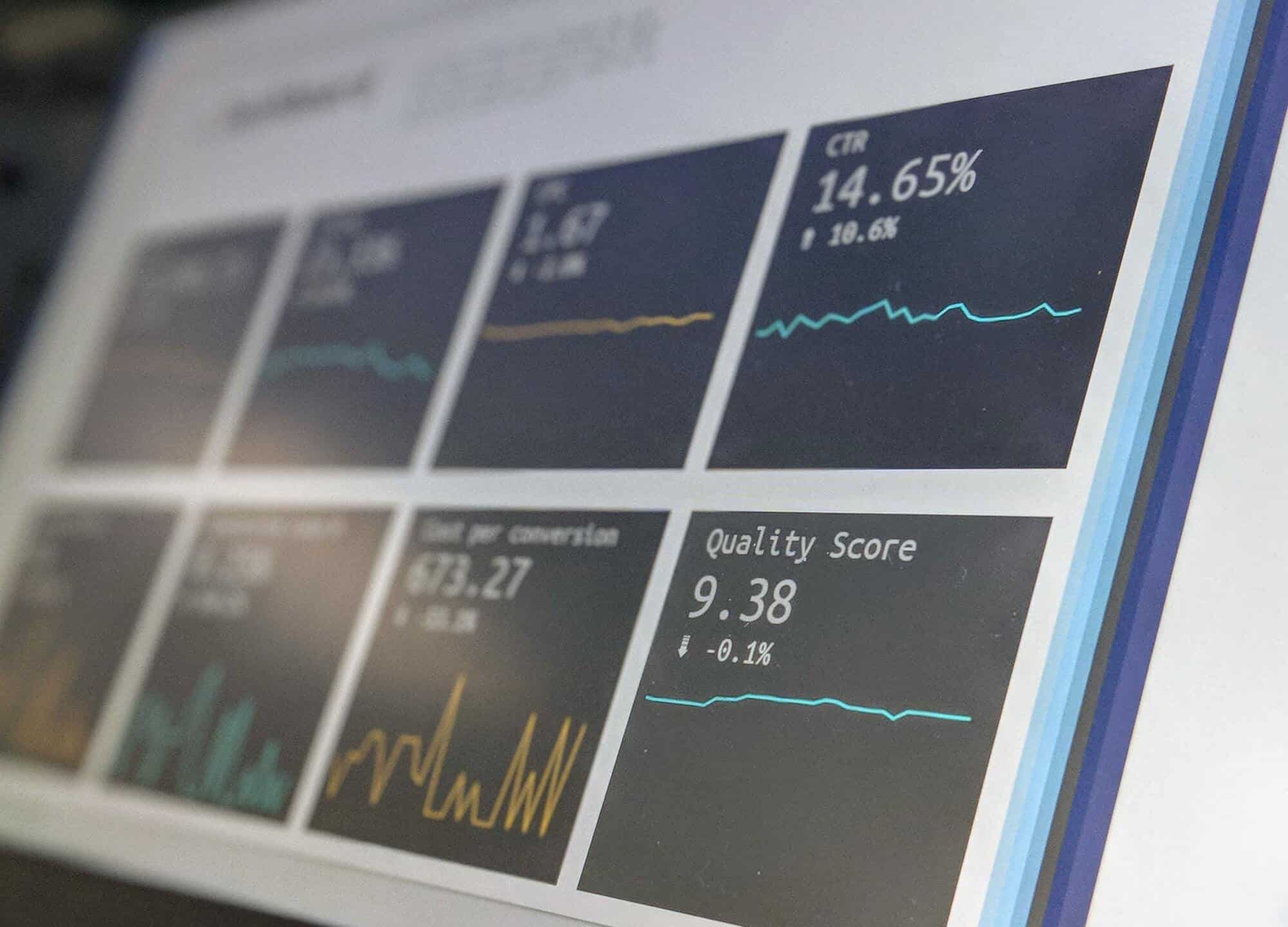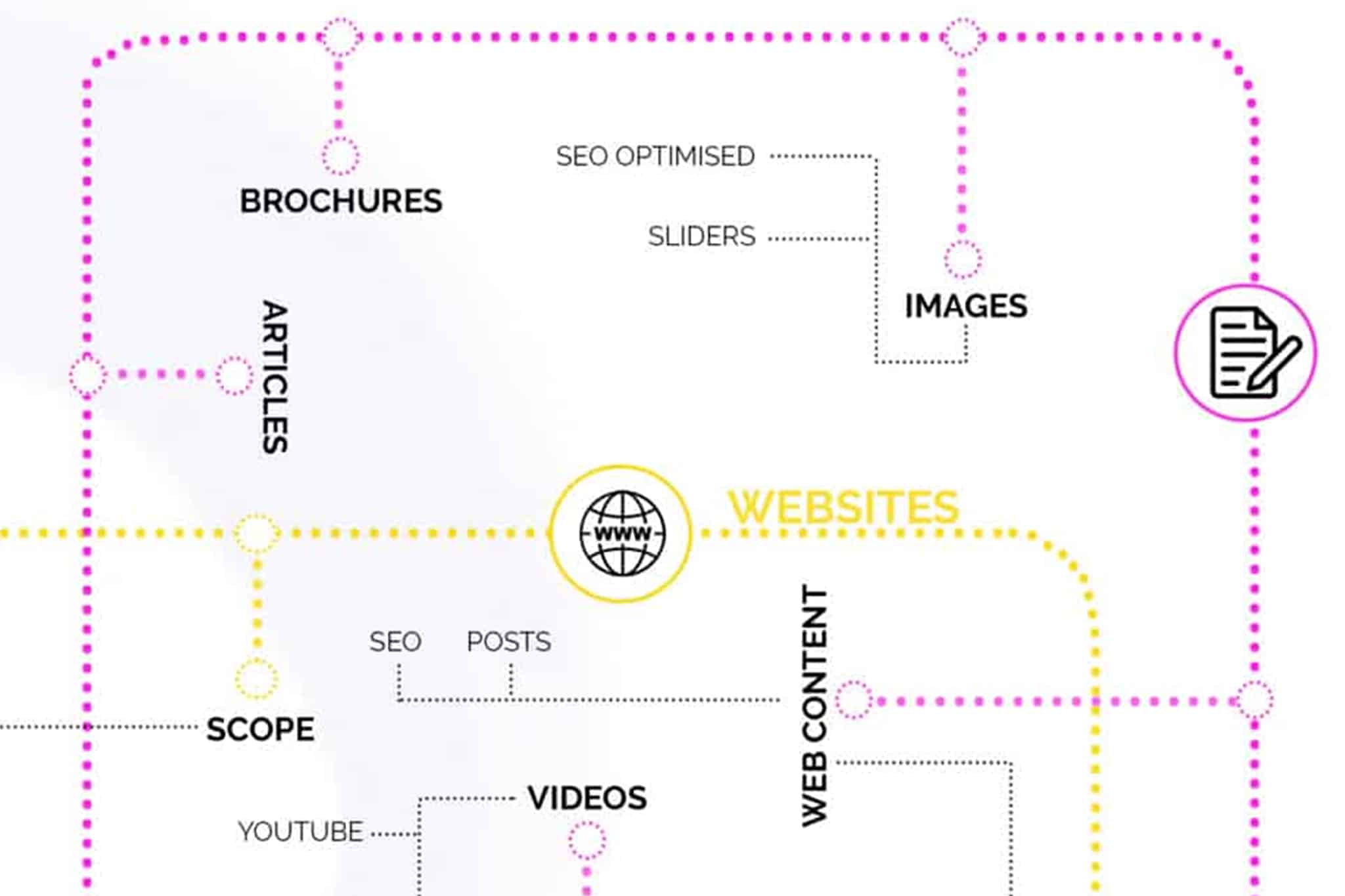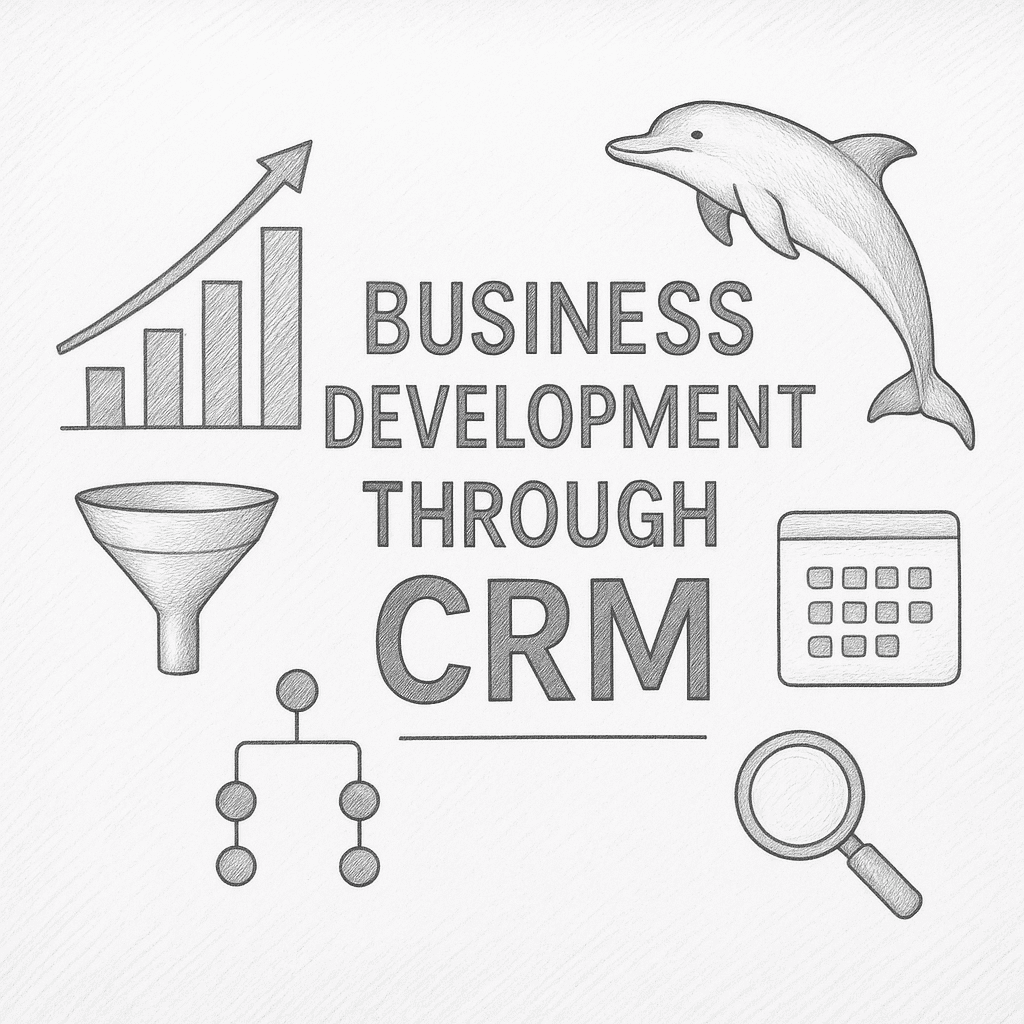Marketing measurement metrics are the tools used to track, analyse, and evaluate the effectiveness of marketing campaigns. The ability to measure the performance of marketing campaigns is crucial to understanding what is working and what needs improvement. By using these metrics, businesses can make data-driven decisions that optimize their marketing efforts and drive better results.
There are many different metrics that can be used to measure marketing performance, depending on the campaign type, business goals, and target audience. These metrics can be divided into three main categories: reach, engagement, and conversion.
Reach metrics measure the number of people who have been exposed to a marketing message, engagement metrics measure the level of interaction with the message, and conversion metrics measure the number of people who take a desired action, such as making a purchase or signing up for a newsletter.
Marketing measurement metrics can be used to track the performance of various marketing channels such as social media, email, and search engine optimisation. Understanding how different metrics perform in different channels can help businesses to optimise their marketing spend and reach the right audience with the right message.
In this article, we will explore the different types of marketing measurement metrics and how they can be used to evaluate the effectiveness of marketing campaigns. By understanding and utilising these metrics, businesses can make better decisions and achieve better results from their marketing efforts
Marketers have to be clear about what marketing produces and the Marketing Measurement Metrics they use.
Sales sells, but what does marketing produce?
A marketing answer might be brand awareness, enquiries, leads, and sales tools.
Unfortunately the above marketing answers disempower the marketing function.
The best answer is
marketing generates cash flow in the short term and identifies sources for future cash flow in the long term.”
MD’s, CEOs and board of Directors typically don’t care about ninety nine percent of the metrics that marketers track. What they do care about is Revenue and Profit Growth.
There are two primary categories of financial metrics that directly affect revenue and profits:
- Revenue Metrics: Marketing’s aggregate impact on company revenue
- Marketing Program Performance Metrics: The incremental contribution of individual marketing programs
There are loads of additional marketing metrics that are not addressed directly in this article. These include:
- Customer Profitability: Lifetime value of an incremental customer. So you might have to give a discount to get a customer initially , but if they continue to order from you for years to come and pay full price. Then the Customer Lifetime Value CLV will be high
- Web Analytics: Measures Web visibility to target audiences against potential keywords, and compares against industry and competitor benchmarks
- Public Relations: Measures views and impact of business communications initiatives. Did you get an article featured in the local paper business pages – what was the impact. Did you get and editorial in the specialist trade / sector press – what was the impact. Did your product or service get featured on BBC or in the national press.
- Product Performance: Comparatively measures the total sales and margins of individual products. A crucial activity where you have a number of varied products. You want to know if low margin products are selling because they are too cheap ( and you can increase the price )
- Brand Preference: Assesses brand preference in relation to preference for competing brands. For SME’s especially SME manufacturing companies brand preference and awareness is less of a factor
- Sales Tool Usage: Measures which product marketing materials are being used the most. This is a really useful metric especially for well established companies. We often find there is a plethora of non authorised self generated marketing material being used
There are many other areas…This is not to imply that these metrics are not important for marketers to track – just that they are likely to be less relevant to financially-focused executives outside of marketing
Where Marketing Measurement Metrics Go Wrong
There are literally hundreds of marketing metrics to choose from, and almost all of them measure something of value. From website performance through to competitive positioning. The problem is that most of them relate very little to the metrics that concern a MD, FD, CEO or any board member.
Of course, it’s okay to track some of these metrics internally within your department if they will help you make better marketing decisions. But it’s best to avoid sharing them with other executives unless you’ve previously established why they matter.
Don’t get sucked into Vanity metrics ( or Golf Club metrics)
Where internal staff are spending marketing budget, too often these marketers rely on “feel good” measurements to justify their marketing spend ( and sometimes their marketing position). This is especially true where “a social media person” will showcase a bunch of worthless data . Instead of pursuing metrics that measure business outcomes and improve marketing performance and profitability, they opt for metrics that sound good and impress people. Some common examples include press release impressions, Facebook “Likes”, and names gathered from reviewing LinkedIn profiles.
Measuring the easy metrics
When it is difficult to measure revenue and profit, marketers often end up using metrics that stand in for those numbers. This can be OK in some situations,
Unfortunately it raises the question in the mind of fellow Managers and Directors whether those metrics accurately reflect the financial metrics they really want to know about. This subsequently forces the marketer to justify the relationship which put’s a strain on marketing’s credibility.
Focusing on quantity, not quality
Lead generation is a critical marketing activity. Research has found that most marketers focus on lead quantity, whereas less than half of marketers measure lead quality. Focusing on quantity ( i.e. filling the funnel with a bunch of names) without also measuring quality can lead to programs that look good initially but don’t deliver profits. (You often see this at tradeshows where stands will have a business card bucket or competition to capture details. They always capture a lot of cards but the quality is suspect)
Activity, not results
Marketing activity is easy to see and measure (Exhibition “cost” Adwords “cost” Advertising “cost” so lots of costs going out the door), but marketing results are hard to measure.
In contrast, sales activity is hard to measure, but sales results (revenue coming in) are easy to measure.
Is it any wonder, then, that sales tends to get the credit for revenue, but marketing is perceived as a cost centre?
Efficiency instead of effectiveness
In an ideal world marketing would be both effective and efficient but lets consider the issues of only doing one. Lets consider the difference between effectiveness marketing metrics (doing the right things) and efficiency metrics (doing – possibly the wrong – things well).
Its no good exhibiting at a really busy trade show if it’s full of all the wrong people. Often an issue with local geographic shows as opposed to highly targeted sector specific shows.
Effectiveness convinces sales, finance and senior management that marketing delivers quantifiable value.
Efficiency metrics are likely to produce questions from the Financial Director and other financially-oriented executives; who are cost and expenditure driven.
Marketing Measurement Cost Metrics
Cost metrics frame marketing as a cost centre so are the worst kinds of metrics to use. If you only talk about marketing cost and marketing budgets, then no doubt others will associate your marketing activities with cost, too.
Let’s take a look at a common SME marketing example:
- Web based marketing activity – by creating quality web content improved organic rankings and generates more on page sign ups. Knows how long it takes to create content so looks at getting help from an external marketing resource
- Pleased with the results, goes to the MD to ask for budget to spend on this highly successful program.
- Does marketing get the budget? No.
- The MD decided that marketing could deliver similar results internally and cut the marketing budget and used the extra funds to hire additional sales capacity
So why did this happen? Marketer performed well, but made the mistake of not connecting marketing results to bottom-line metrics that mattered to the CEO. By framing marketing results in terms of costs, it perpetuates the perception that marketing is a cost centre.
Therefore within this context, it’s only natural that the MD would reduce costs and reallocate the extra budget to a “revenue generating” department such as sales
Marketing Measurement The Right Metrics
If quantity, activity and cost, aren’t the correct metrics to use, what are?
I would suggest anything that speaks to the MD’s areas of primary concern:
- Revenue: Revenue is the total amount of income generated by the sale of goods or services related to the company’s primary operations. Revenue, also known as gross sales, is often referred to as the “top line” because it sits at the top of the income statement
- Margin: Profit margin is one of the commonly used profitability ratios to gauge the degree to which a company or a business activity makes money. It represents what percentage of sales has turned into profits. Simply put, the percentage figure indicates how many “Pence” of profit the business has generated for each “Pound” of sale. For instance, if a business reports that it achieved a 35% profit margin during the last quarter, it means that it had a net income of £0.35 for each Pound of sales generated.
- Profit: Profit describes the financial benefit realized when revenue generated from a business activity exceeds the expenses, costs, and taxes involved in sustaining the activity in question. Profit is calculated as total revenue less total expenses.
- Cash flow: The amount of cash or cash-equivalent which the company receives or gives out by the way of payment(s) to creditors is known as cash flow. Cash flow analysis is often used to analyse the liquidity position of the company. It gives a snapshot of the amount of cash coming into the business, from where, and amount flowing out.
- Return on investment (ROI) or return on costs (ROC) is a ratio between net income (over a period) and investment (costs resulting from an investment of some resources at a point in time). A high ROI means the investment’s gains compare favourably to its cost.
- Shareholder value is a business term, sometimes phrased as shareholder value maximization or as the shareholder value model, which implies that the ultimate measure of a company’s success is the extent to which it enriches shareholders.
So simply speak the financial language of business
Financial Metrics
Most Business to Business (B2) marketers should focus on two categories of financial metrics:
- Revenue Metrics: Marketing’s aggregate impact on company revenue
- Marketing program Performance Metrics: The incremental contribution of individual marketing programs
Using “Time” as a Dimension
There area different types of metrics in each category, based on time:
- Past: How did we do?
- Present: How are we doing?
- Future: How will we do?
These questions then break into three corresponding metric categories:
- Business Performance Metrics and KPI’s –
- How did we do last week?
- Last month?
- Last Quarter?
- These are the most common reporting metrics that you share with fellow Directors and managers, often on a dashboard. These are mostly BACKWARDS looking metrics
- Diagnostic Metrics –
- What is working and
- What can work better?
- These metrics deliver insight into your current performance, often by comparing against historical data trends and competitor and marketplace benchmarks
- Leading Indicators – How will we be doing in the future? These metrics help you look forward and forecast future results. This is the one area that we find most companies and especially SME manufacturers struggle
Secrets For Success with Marketing Measurement Metrics
- Choose no more five key metrics. It’s hard to put organisational focus on more than that, so choose wisely. The adage of doing less better – by just choosing a few will focus the mind
- Measure success versus goals for those metrics for every campaign, every channel, every sales rep/region, every product, etc. Nobody said this was going to be easy – showcasing performance means that rigorous measurement will be required
- Show trends for those metrics over time – that way you can immediately see where you are improving and where you are not. There are a wide range of tools that help you effectively showcase trends
- Put on a dashboard for everyone to see so there is always a succinct view of what marketing is trying to achieve, and where you stand. Be brave put your head above the marketing parapet
- Have recognition systems tied to goals. Its important to share and shout about marketing success. Ultimately marketing should have a seat at the board table
- Rinse and repeat. The best performing companies track results weekly, monthly, and quarterly– so they can improve just as often.
Marketing Metrics and Analytics
In conclusion, marketing measurement metrics are essential tools for understanding the effectiveness of marketing campaigns. These metrics provide insight into how well a campaign is reaching its target audience, engaging with them and converting them into customers. Businesses can use these metrics to track their performance across different marketing channels and optimize their marketing spend accordingly.
It’s important to note that different metrics will be more relevant depending on the type of campaign, business goals and target audience. For example, while reach metrics are important for branding campaigns, conversion metrics are more important for campaigns with a specific call to action. By using a combination of metrics, businesses can gain a comprehensive view of their marketing performance and make data-driven decisions that improve the ROI of their marketing efforts.
In addition, it’s not only important to track metrics but also to analyse and interpret them correctly, using the context of the campaign and the business goals. With the right metrics in place and a clear understanding of how to use them, businesses can make better decisions, improve their marketing efforts, and drive better results.
If you would like to know more about marketing metrics and analysis contact Andrew Goode MBA, MSc, FCIM Click here to arrange a call
If you are interested in marketing metrics these additional articles may be of interest Marketing Metrics and Analytics and Marketing ROI Planning












